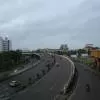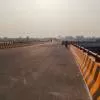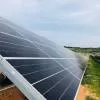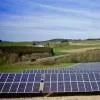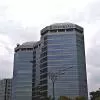There needs to be a heavy outlay in the infrastructure sector
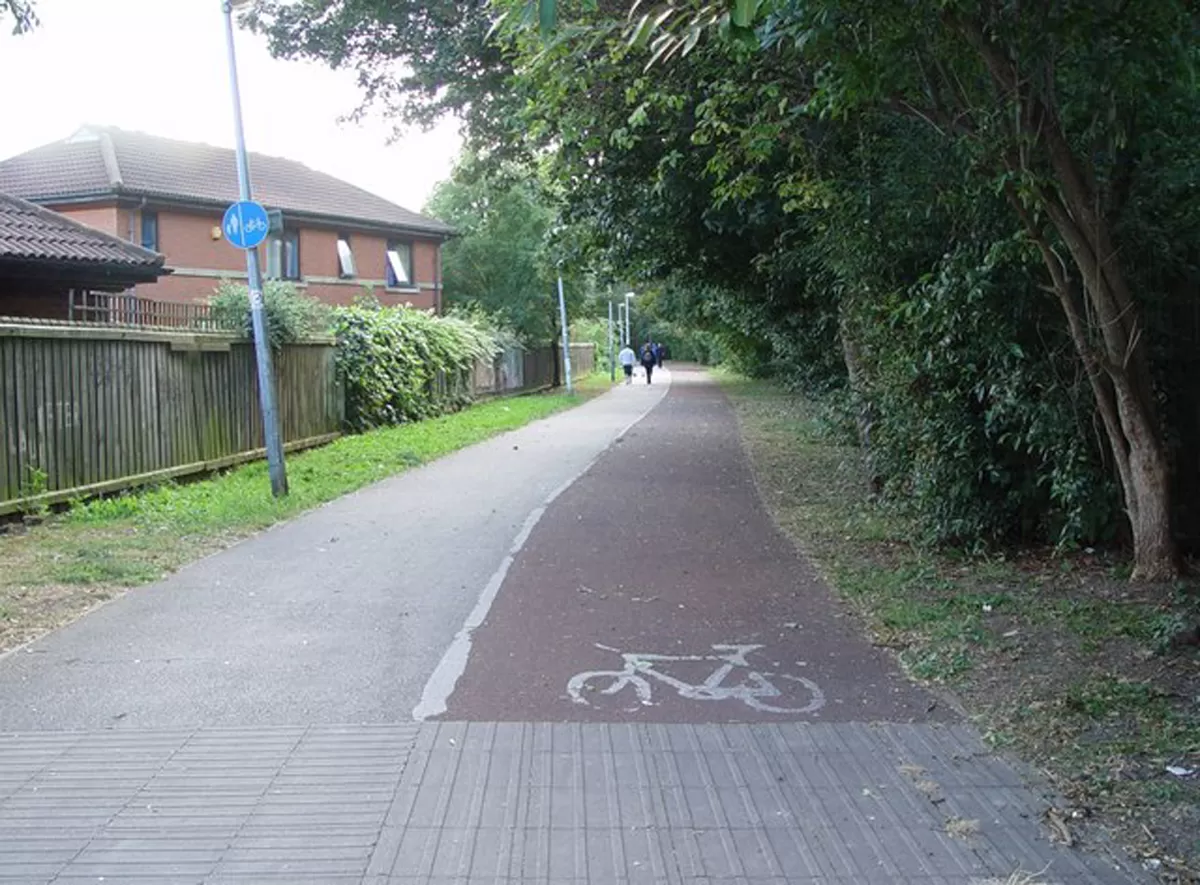
MMRDA Proposes Road Expansion Project in BKC Area
The Mumbai Metropolitan Region Development Authority (MMRDA) has announced its intention to repurpose the underutilized cycle tracks in the Bandra-Kurla Complex (BKC) into additional vehicular lanes. This initiative is designed to increase road capacity and improve traffic flow in one of Mumbai’s busiest commercial centers.Spanning 370 hectares, BKC accommodates around 200,000 employees and nearly 400,000 visitors every day. The recent closure of the Sion bridge has worsened traffic conditions by diverting a large volume of vehicles, including heavy trucks, onto the internal roads of BKC. Th..
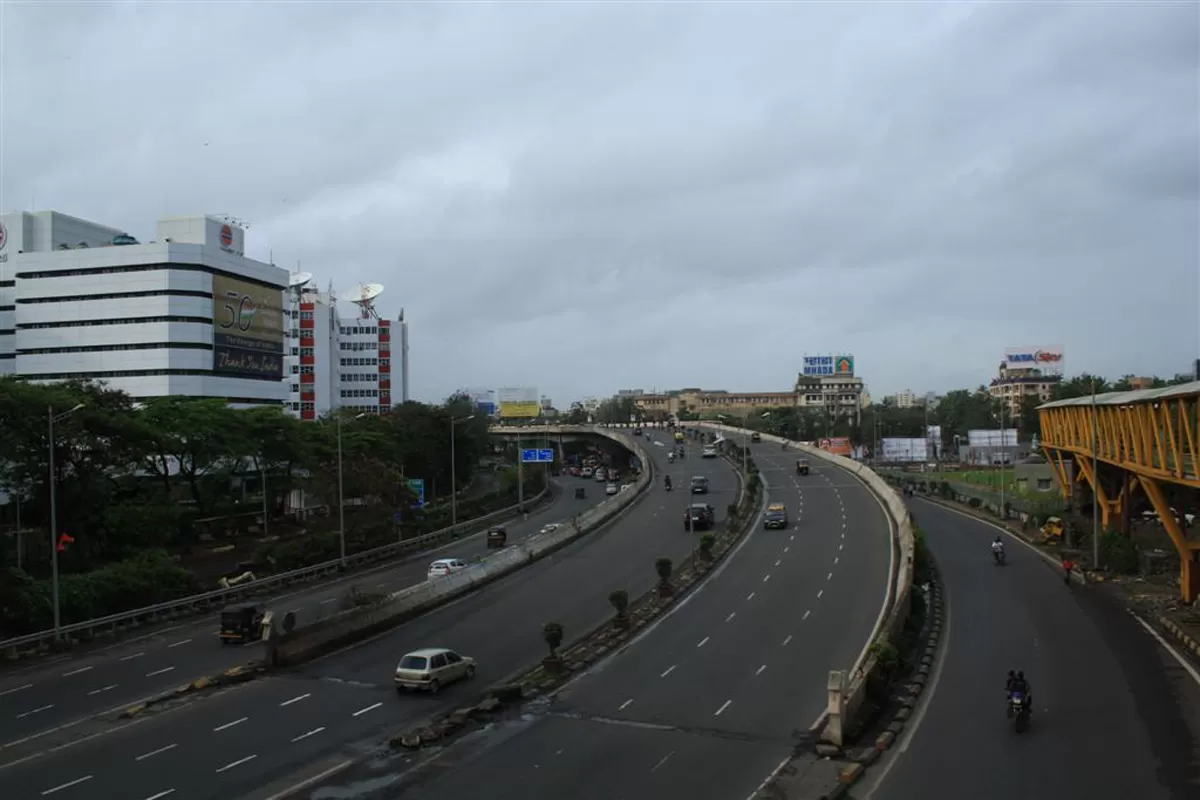
Gokhale Bridge Fully Opens in Andheri Boosting East West Connectivity
The Gopal Krishna Gokhale Bridge in Andheri has become fully operational, reinstating an important east-west connection that had been disrupted since its closure in November 2022 due to structural concerns. The reopening of the bridge is expected to ease traffic congestion and improve commute times for residents and travelers in the area.The reconstruction project, overseen by the Brihanmumbai Municipal Corporation (BMC), encountered several challenges, including delays in installing girders and alignment problems with the nearby Barfiwala Flyover. Despite these obstacles, the BMC accelerated ..
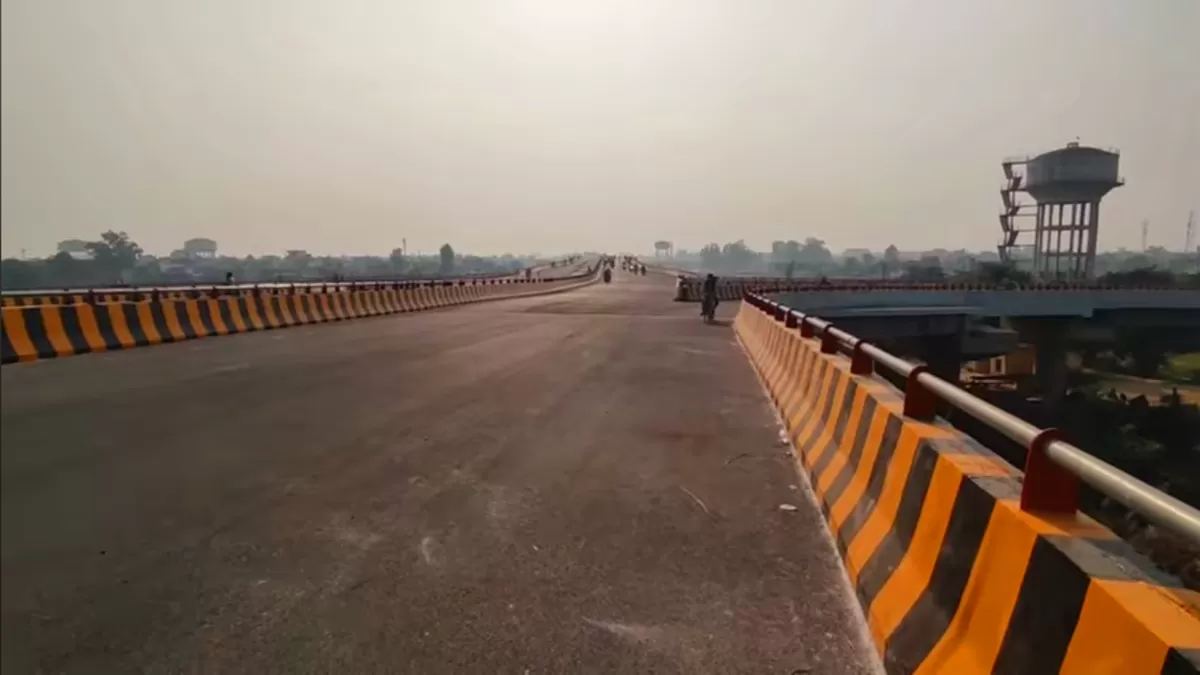
Reay Road Bridge Inaugurated to Boost South Mumbai Infrastructure
Mumbai is preparing to unveil a landmark addition to its urban infrastructure with the inauguration of the Reay Road Bridge on May 13, 2025. This new structure represents the city’s first land-based cable-stayed road overbridge, marking a notable achievement in modern engineering. Spanning 385 metres, the six-lane bridge includes separate pedestrian walkways and is designed to improve connectivity between Byculla and Mazgaon, while also easing traffic congestion in the surrounding areas.The project began on February 14, 2022, after the demolition of the century-old British-era bridge it repl..




